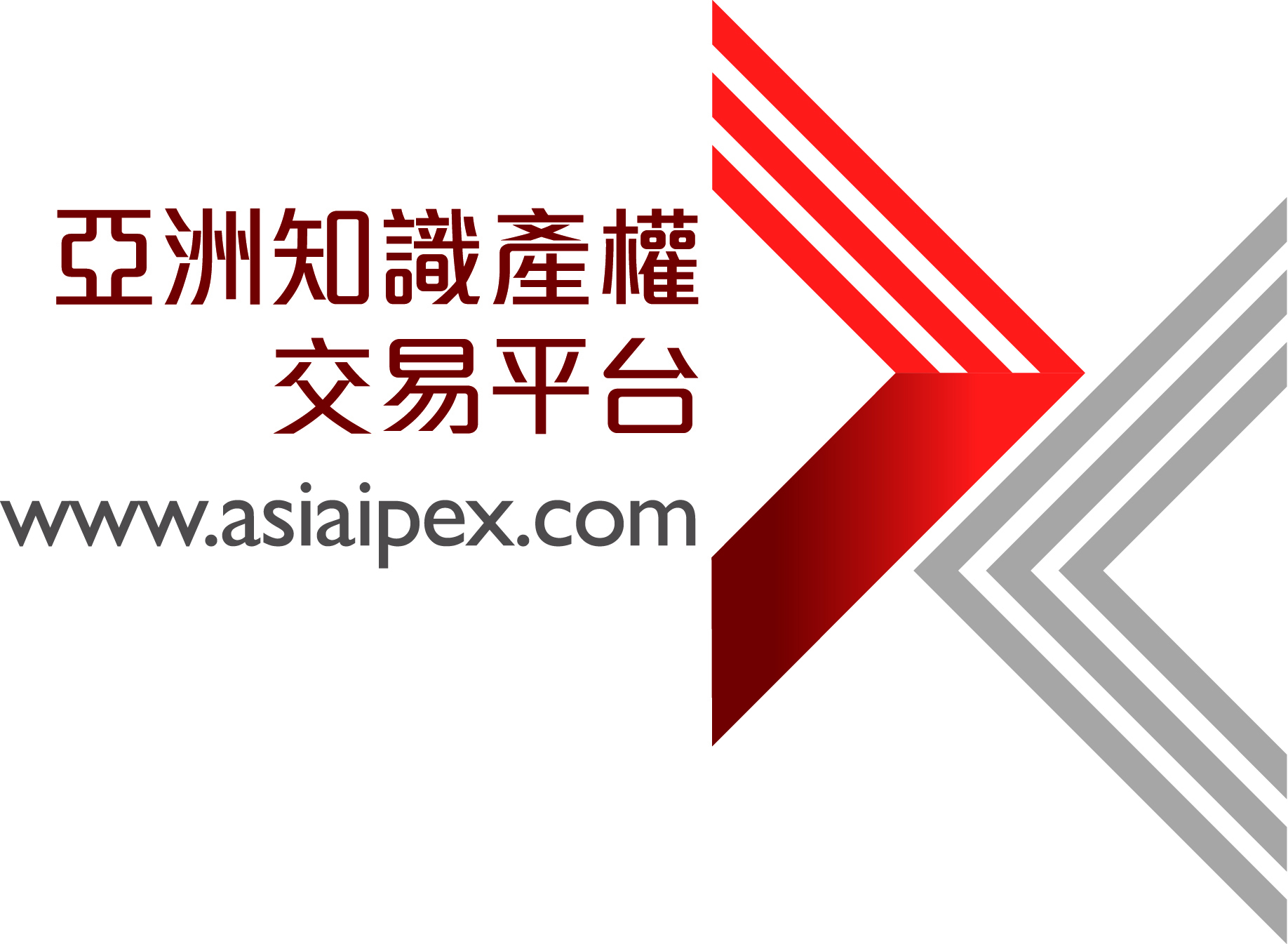UHV-glass cell
Ultra-low birefringence dodecagonal vacuum glass cell for the investigation of cold atom ensembles
The invention consists of a glass cell characterized by an outstanding value of birefringence (around 10–8) with an extensive optical access due to its dodecagonal shape.
The cell is suitable for applications requiring UHV
The innovative procedure for application of epoxy glue combined with the use of the special SF-57 glass guarantees ultra-low birefringence (Δn ≈ 10–8)
Double-side antireflection coated vacuum glasses ensures negligible transmission losses
The manufacturing technique enables the realization of a many-sided glass cell, offering an outstanding optical Access
The inner volume of the glass cell is sufficiently large to host further scientific components (e.g. objective lens, atom chips, optical cavities, etc.)
The extraordinarily low birefringence of this vacuum cell is essential for modern experiments ranging from generation of synthetic gauge fields and artificial spin-orbit coupling to quantum technologies like coherent spin-dependent transport of atoms. Ultra-low birefringence is also crucial for atomic clock experiments and precision measurements of electric dipole moment and vacuum polarizability. In addition, the cell is well suited for ultra-high vacuum apparatuses in spite of the epoxy adhesive used for the glass bonding.
As an alternative to metal chambers, vacuum glass cells are widely used since they generally exhibit less birefringence than conventional vacuum viewports. Furthermore owing to their small volume and the avoidance of metal components, glass cells can be combined with compact electromagnetic coils, which allows one to generate strong magnetic fields and field gradients that can be switched on a short time scale. The innovative manufacturing process is based on the bonding of double-side antireflection-coated glass windows with epoxy adhesives that fulfill the NASA low outgassing standard. Surface roughness and small deviations from the ideal geometry are compensated by the glue volume, therefore allowing for relatively large tolerances in the glass cutting process. The epoxy bonding technique is also applicable to complex geometries with different shapes, where optical contacting is difficult.
Only recently, glass cells bonded
Licensing
09/10/2015 00:00:00
DE20151013026 20151009
- Internationale:
C03C27/10; G01N21/21; G01N21/23
- Gemeinsame
G01N21/0317 (EP); G01N2021/0378 (EP); G01N2021/0389 (EP); G01N21/21 (EP)
Patent application
4373
德國



